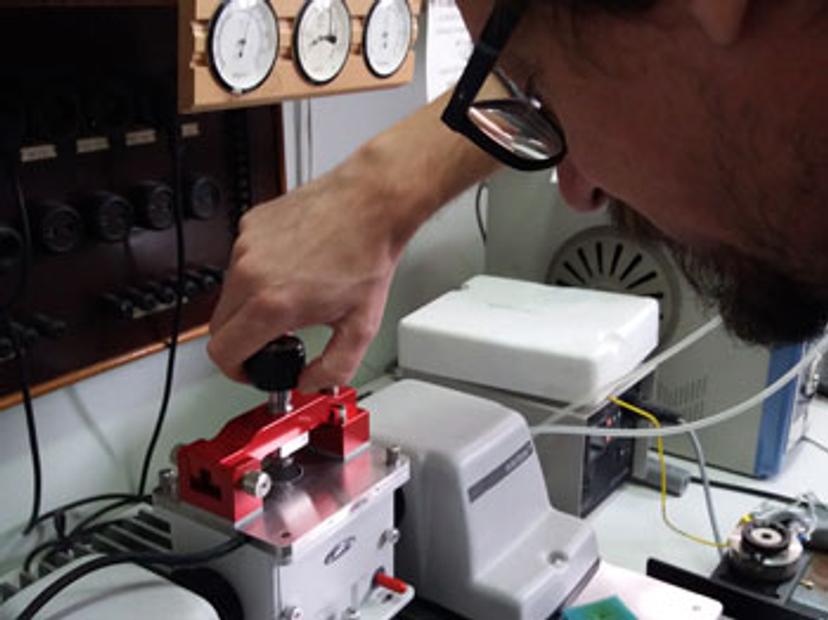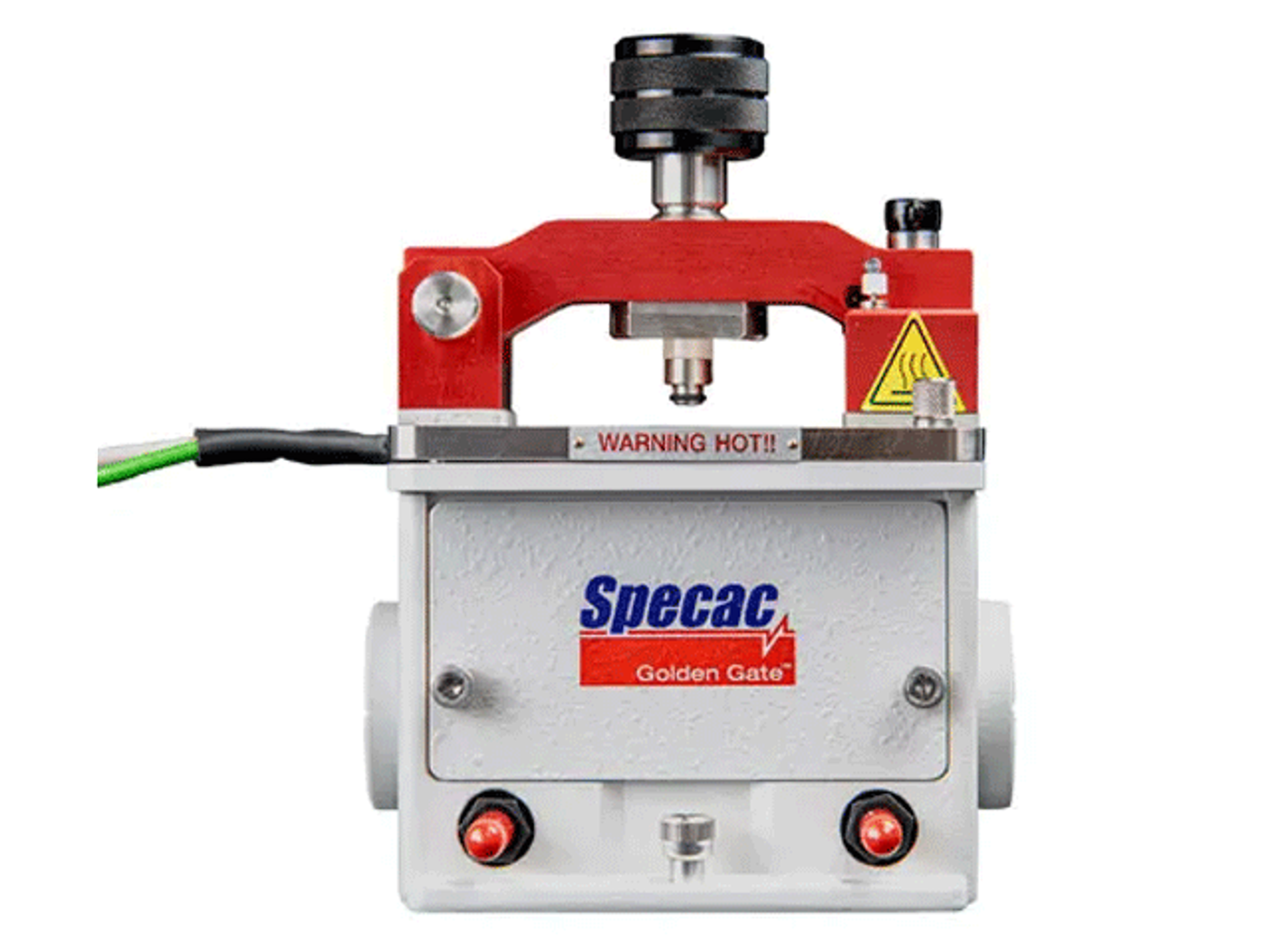Securing Our Clean Energy Future – Innovation in Hydrogen Storage
Learn how scientists at the Rudjer Bošković Institute are harnessing cutting-edge spectroscopy to push forward the frontiers of clean energy research on hydrogen storage materials
21 Nov 2018
Fossil fuels such as oil, gas and coal will not last forever. Even before they run out, the carbon penalty we pay for burning them for our energy needs may exclude them, as humanity strives to offset the worst that climate change threatens to send our way. Therein lies one of the grandest challenges we face as a species – how to generate large amounts of clean energy in a cheap and efficient way. There is much talk of the ‘hydrogen economy’ as the Holy Grail of clean energy, and it may well be part of a long-term solution which includes renewable forms of energy, such as wind and solar. Hydrogen is one of the cleanest and most versatile energy vectors we know of. Before that, there is much research to be done and a Government-sponsored laboratory in Zagreb, Croatia, is at the cutting edge of chemistry research geared towards the development of solid-state hydrogen storage materials – chemical entities which make it possible to capture and store hydrogen, and then control its safe release whenever needed. Working in the Rudjer Bošković Institute (RBI), Dr. Nikola Biliškov is a research associate and materials chemist who specializes in hydrogen storage and the application of infrared (IR) spectroscopy. He might just be one small cog in the research ‘machine’ that changes our world for the better.
Capturing and releasing hydrogen safely — a slippery customer?
Hydrogen has the highest energy content of any common fuel by weight and can be reacted with oxygen to release a large amount of energy and produce only water as its by-product – hence its fantastic potential as a fuel source for decarbonizing existing economies. Biliškov is focused on solid-state storage of hydrogen and works on the thermal breakdown of a group of compounds called ammonia boranes and their derivatives, amidoboranes.
These complex hydride compounds are ideal storage materials because of their high hydrogen capacity. They are also relatively stable under ambient conditions and release their hydrogen when heated to only a moderate temperature. The key to Biliškov’s research is understanding the detailed thermal decomposition of these storage materials, since the cost of releasing their hydrogen is a series of intermediate products and potentially unwanted side products, such as ammonia. Tracking these products is where IR spectroscopy comes in, and particularly the Specac Ltd accessory instruments which complement the core technology in Biliškov’s laboratory. Using Specac’s accessories, he was able to find that by mixing ammonia borane with potassium bromide, the emission of unwanted side products such as ammonia was suppressed.
Finding the right accessories for your IR spectrometer

Biliškov’s research relies on Specac accessories, in particular their Golden Gate ATR Accessory but also their Electrical Heating Jacket with water cooling system.
The Golden Gate ATR is vital, as Biliškov elaborates: “This accessory gives very useful measurements of temperature-dependent processes in chemical systems and makes Golden Gate one of the most important instruments in my laboratory. Besides these advanced measurements, Golden Gate also allows extremely fast measurements of samples without any preparation. Altogether, this accessory enables the use of IR spectroscopy in a very broad field of applications – it is just a matter of imagination to apply it to different fields of science."
But there is more: “We also have the Golden Gate ATR with heating stage, so we can follow temperature-dependent erosion of the system from room temperature to 200°C,” says Biliškov.
The combination of techniques permitted by his range of Specac accessories has been a revelation: “A central conclusion has been that the thermo-decomposition of pure ammonia borane is very different than the thermo-decomposition of ammonia borane when it is surrounded by potassium bromide in a pellet for transmission IR spectroscopy.”
It has even thrown up a surprise finding – by using the heating jacket, Biliškov was able to use his spectrometer almost like a differential scanning calorimeter and identify when any phase changes were occurring: “My colleague found that in transmission mode, when heating the sample in this heating jacket, you can follow the phase transitions, together with their molecular background just by following the slope of the baseline of the infrared spectra and by reading associated spectral changes. It’s very sensitive to the present phases.”
Future developments
Biliškov is a passionate advocate of hydrogen as our future energy carrier, alongside renewables: “In the future of energy, I see the role of hydrogen and batteries growing. I hope that we will be able to abandon fossil fuels, which are dangerous to our environment,” he says.
As far as his own research is concerned, Biliškov asserts: “It is very important to investigate not only materials for hydrogen storage, but also those for hydrogen production and for batteries like lithium, sodium, aluminum etc. These are all very important fields of current research.”
Find out more about the work of the RBI and how Specac’s Golden Gate™ ATR and Heated Golden Gate ATR Accessory could help you.


